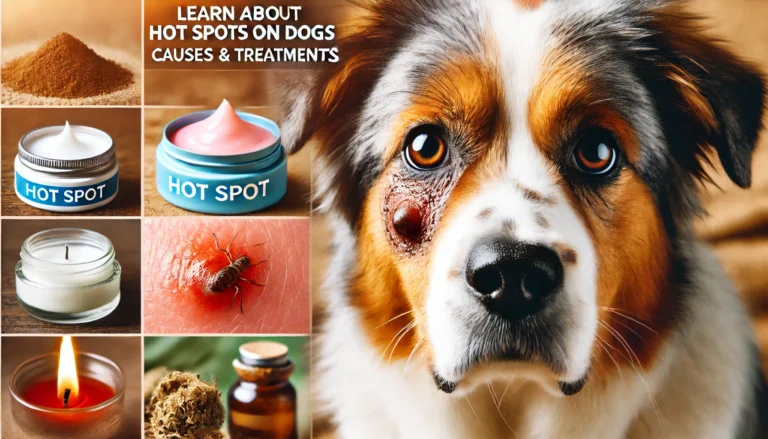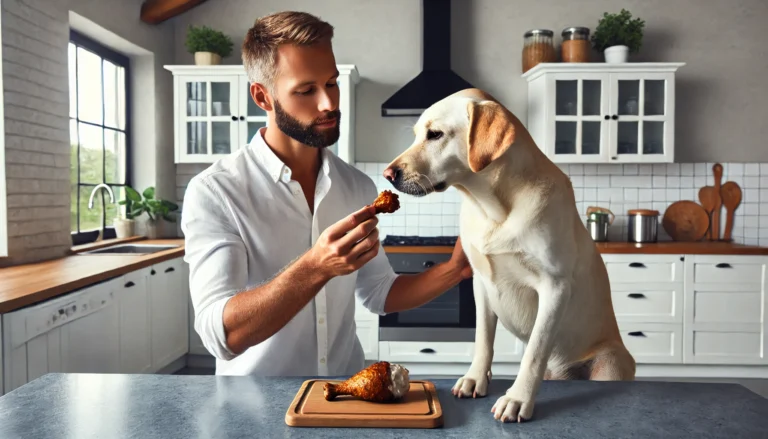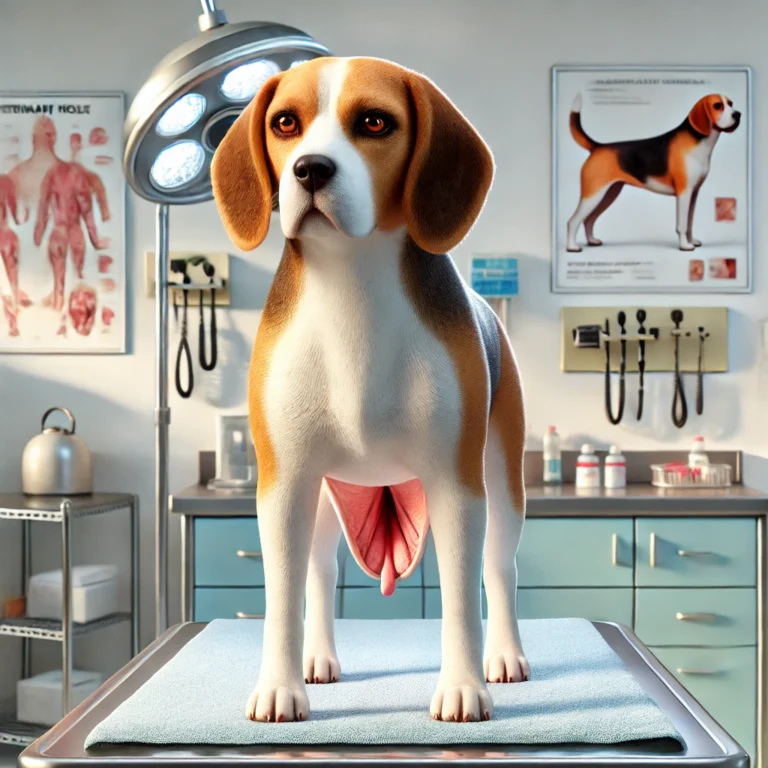How Many Teeth Do Dogs Have? discover the Canine Dental Marvel

Understanding the intricacies of a dog’s dental anatomy is essential for their overall health and well-being. Dogs, much like humans, have a set number of teeth that serve specific purposes in their daily activities, from eating to playing. Here’s a detailed exploration of their dental structure, the significance of each type of tooth, and what happens during key milestones like losing baby teeth.
Dog Dental Anatomy: A Comprehensive Breakdown
Dogs develop a total of 42 teeth once they reach adulthood. These teeth are categorized into four main types:
- Incisors: These are the small, sharp teeth located at the front of the mouth. Dogs have 12 incisors in total—six on the top jaw and six on the bottom. Incisors are primarily used for grasping and nibbling food.
- Canines: Also known as fangs, canines are the pointed teeth situated next to the incisors. Dogs have 4 canines—two on the top jaw and two on the bottom. Canines play a crucial role in gripping, tearing, and holding onto objects or prey.
- Premolars: Positioned behind the canines, premolars are larger and have a flat surface. Dogs have 16 premolars in total—eight on the top jaw and eight on the bottom. Premolars are essential for grinding and shearing food into smaller pieces.
- Molars: The largest teeth in a dog’s mouth, molars are located behind the premolars. Dogs typically have 10 molars—four on the top jaw and six on the bottom. Molars are responsible for crushing and grinding food effectively before swallowing.

Can Dogs Lose Their Teeth?
Yes, dogs can lose their teeth throughout their lives due to various factors:
- Natural Shedding: Puppies undergo a natural process of tooth shedding as they transition from their deciduous (baby) teeth to their permanent adult teeth. This typically occurs between 3 to 7 months of age. The process is necessary to accommodate the growth of larger, stronger adult teeth.
- Dental Diseases: Poor dental hygiene can lead to dental diseases such as periodontal disease and gingivitis. These conditions can cause gums to recede, teeth to become loose, and eventually result in tooth loss if not properly treated.
- Trauma: Accidents or injuries to the mouth, as well as habitual chewing on hard objects like rocks or metal, can lead to tooth fractures or complete loss of teeth.
- Systemic Issues: Certain systemic diseases or nutritional deficiencies can impact dental health, making dogs more susceptible to tooth decay and loss.
Dental Health Maintenance for Dogs
To ensure your dog maintains healthy teeth throughout their life, consider the following dental care practices:
- Regular Brushing: Use a dog-specific toothbrush and toothpaste recommended by your veterinarian to brush your dog’s teeth regularly. Aim for brushing at least several times a week to reduce plaque buildup and prevent dental diseases.
- Dental Check-ups: Schedule routine dental examinations with your veterinarian. These visits allow for early detection of dental issues such as tartar buildup, gum inflammation, or loose teeth.
- Dietary Considerations: Feed your dog a balanced diet that supports dental health. Consider dental-specific diets or treats designed to promote oral hygiene by reducing plaque and tartar accumulation.
- Chew Toys and Dental Chews: Provide your dog with appropriate chew toys and dental chews. These help clean teeth, massage gums, and reduce plaque through mechanical action.
Do You Know
The Sheprador, a popular mixed breed, is a delightful cross between the German Shepherd and Labrador Retriever. Known for its intelligence, loyalty, and energy, this breed makes an excellent family companion and working dog. However, owning a Sheprador comes with responsibilities, especially when it comes to their health and overall care.
Dog Dental Health: Types of Teeth and Common Issues
| Type of Tooth | Number in Adult Dogs | Primary Function | Common Issues |
|---|---|---|---|
| Incisors | 12 | Grasping and nibbling | Plaque buildup, Tooth loss |
| Canines | 4 | Gripping and tearing | Fractures, Periodontal disease |
| Premolars | 16 | Grinding and shearing | Tooth wear, Gum disease |
| Molars | 10 | Crushing and grinding | Tartar accumulation, Tooth loss |
Key Milestones in Dental Development
| Age Milestone | Description |
|---|---|
| 3-7 months | Puppies lose their deciduous teeth and begin to get their adult teeth. |
| Adult (1+ years) | All permanent teeth should be present, dental care is crucial to avoid common issues. |
| Senior (7+ years) | Increased risk of dental issues, more frequent check-ups recommended. |
Conclusion
Understanding how many teeth dogs have and the factors that can lead to tooth loss is crucial for every dog owner. By prioritizing dental care and hygiene, you can help your canine companion maintain strong, healthy teeth and gums throughout their life. Regular veterinary visits, proper dental hygiene practices, and a nutritious diet tailored to dental health are essential components of ensuring your dog’s dental well-being.
Next time you interact with your dog, take a moment to appreciate their remarkable dental structure and consider how you can best support their dental health for a lifetime of happy, healthy smiles.
Do all dog breeds have 42 teeth?
Yes, the majority of adult dog breeds have 42 teeth. This standard number may vary slightly due to genetic differences or dental anomalies. How many teeth do dogs have is a critical aspect of understanding their overall health, as the number and condition of teeth can affect their ability to eat and their overall well-being.
Can a dog survive without teeth?
Dogs can indeed survive without teeth, although their diet must be adjusted to softer foods that are easy to swallow. This scenario underscores the importance of maintaining how many teeth do dogs have through proper dental care to ensure a dog’s quality of life is not compromised.
How many teeth can dogs lose?
Dogs can lose any number of teeth, depending on factors such as dental disease, trauma, or age. The conversation about how many teeth do dogs have includes recognizing that preserving these teeth through proper dental hygiene and regular veterinary care is essential.
How many teeth can a dog have pulled?
There is no set limit to how many teeth can be pulled from a dog if medically necessary. The focus on how many teeth do dogs have highlights the importance of interventions that may require removing teeth to preserve the health of the remaining teeth and gums.
Do puppies lose teeth at 5 months?
Yes, puppies typically start to lose their deciduous teeth around 5 months, making way for their permanent adult teeth. This natural process is a key development stage in understanding how many teeth do dogs have as they transition from puppyhood to adulthood.
What dog has 44 teeth?
No dog breed naturally has 44 teeth; most have 42 teeth when fully mature. The question of how many teeth do dogs have can often lead to confusion, but knowing the standard number helps in identifying any anomalies or dental issues.
Do dogs lose teeth as they age?
Dogs may lose teeth as they get older, mainly due to periodontal disease or tooth decay. Regular dental check-ups are crucial in managing how many teeth do dogs have throughout their lifespan to prevent unnecessary tooth loss.
What is the longest dog teeth?
The longest teeth in a dog’s mouth are the canines. They are crucial for catching and holding prey, which ties into the evolutionary aspect of how many teeth do dogs have and their functional significance in a dog’s mouth.
Do dogs have unlimited teeth?
Dogs do not have an unlimited supply of teeth. Once a dog loses its deciduous teeth and gains its permanent set, the total is typically 42. This fact is central to understanding how many teeth do dogs have and ensuring these teeth are properly cared for.
How old is the oldest dog?
The age of the oldest dog, which lived up to 29 years, underscores the importance of good general and dental health. While not directly related to how many teeth do dogs have, longevity in dogs is often linked to comprehensive care, including dental hygiene.
Why do dogs’ teeth fall out?
Dogs’ teeth can fall out due to poor dental hygiene, disease, or trauma. Keeping track of how many teeth do dogs have, and their condition is crucial for preventing and addressing tooth loss effectively.
How does a dog cool itself down?
Dogs cool themselves primarily through panting, which involves the evaporation of moisture from the lungs and surfaces of the mouth and tongue. While this function doesn’t relate directly to how many teeth do dogs have, it does emphasize the importance of oral health for effective thermoregulation.
Do dogs have 32 teeth?
Dogs typically do not have 32 teeth; they usually have 42 teeth when adult. Clarifying how many teeth do dogs have helps pet owners understand what to expect and how to care for their dog’s dental needs.
Why does my dog only have 4 teeth?
If a dog only has 4 teeth, it could indicate significant dental issues or congenital abnormalities. This extreme case highlights why it’s important to manage how many teeth do dogs have through regular veterinary care and interventions as needed.
How many teeth do dogs lose?
There is no specific number for how many teeth dogs lose as it varies by individual based on health and care. Ensuring that how many teeth do dogs have remains close to the full count of 42 is a key part of maintaining a healthy pet.
Can a human have 8 canine teeth?
Humans typically have only four canine teeth, with one in each quadrant of the mouth. This question, while unusual, underscores the specificity of dental formulas across different species, separate from the issue of how many teeth do dogs have.






